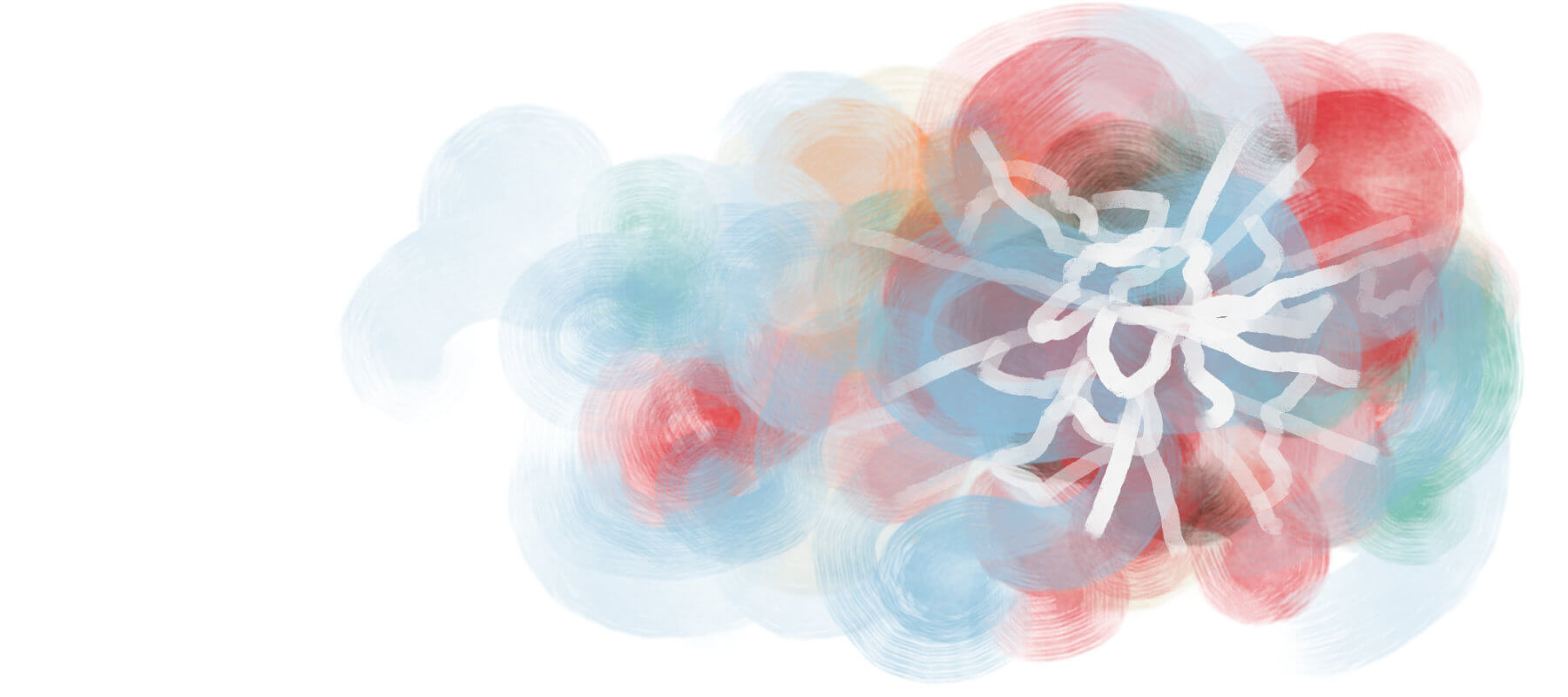
An App for When You Get Punched in the Face
Or rather, why doesn't it exist yet?
Mike Tyson famous words on project management—”Everyone has a plan until they get punched in the face“—may be my favorite productivity quote.
In work, sport, life, nothing quite matters more than how we deal with The Unexpected knocking us in the teeth. Our ability to respond is literally what responsibility means. It’s what makes us into adult humans, responsible for our own future.
Of course, planning is important. Essential even. Everyone has some plan or another. But if we’ve taken the time to plan for all unknowns, then we’ve taken too long. Until execution, a plan is nothing. And then, plans quickly become irrelevant when a situation changes, delays hit, someone plays a different move, etc. We can’t predict everything. Or even most things. A map is useful, but nothing like the real terrain.
Athletes train their instincts. Reflexes, muscle memory, repetition of siutations that build quick, instinctual responses into physical form, paving neural pathways for instant access. The window of opportunity is often only open for fractions of a second.
The same is true for mental sport. I’ve played > 6k games of blitz chess over the past 4 years, with one simple goal—to improve how I respond. The tenets of my speed chess “practice” are repetition and analysis. I play the same openings over and over again to train my response tree. When I hit a snag, I go back and study the position to learn its possibilities.
We can apply the same techniques to work and productivity. When we plan, we work on the future, when we analyze, we work on the past, and when we execute, we work in the now. I like to say that there are really two kinds of work we all do: action (present) and reflection (past and future). Most of the tools we use fall into one category or the other. Tools for doing—a drill, word processor, stethescope. Or tools for planning and reviewing—to-do list, schedule, analytics.
Very few tools bridge the gap in between and stay relevant as you move from planning to doing to reviewing and back again for each progressive experiment. Typically, it’s been someone’s full time job to manage work through these stages. They follow around the people who do the work, record what happens, and update the project plan accordingly.
For people who work at their desks, it would seem relatively easy to keep a project board open and up to date. And still, at a certain size, every company employs project managers of one sort or another. No matter how organized your project plan may be, in the day-to-day chaos, stuff always falls through the cracks, the unknown punches you in the face, reality forces adaptation.
For people who work on their feet, most of the day is spent doing. Things change quickly. The gap between action and reflection is even wider. This is why these teams almost always require a manager to keep track of work, and why most applications for work management don’t apply for people who work on their feet.
Can we change that? Can we imagine what a tool that can bridge the divide between planning and execution would look like? A tool that can stay useful and relevant in the midst of daily chaos and routine, for both people who work on their feet as well as those at a desk?
Here are a few requirements I can see that would make that happen. Can you think of others?
1. Mobile-first and frictionless - This is obvious. People who work ”in the field“ are on their feet, with unreliable internet. Their hands may be occupied, their attention elsewhere. Every in-app interaction on a mobile device need have the lowest possible barrier to accomplish. If it takes more than a moment, or is non-obvious, it won’t work.2. Empower the doing - A task list is not enough. An app needs to do more than just tell you what to do and when. It should be useful, as a resource or tool that helps you execute the task.3. Make less work, not more - If keeping everything organized and up to date requires extra work, the app will inevitably grind to a halt. Gains must be significantly net positive, or they’ll be lost. Automate workflows where possible, provide unexpected boosts and shortcuts that simplify.4. Always able to respond - When a plan goes haywire, when an urgent issue arises, when you forget to track something, the app needs to be able to easily facilitate unstructured work. It needs a lowest common denominator for getting things done with your team. Likewise, it must move seamlessly between synchronous and asychronous communication, for teams to collaborate in the midst of chaos.5. Progress bubbles up - Work always happens in increments. Little changes in progress need to”bubble up“ so that the current status is always accurately reflected in the bigger picture. An app that organizes work into small, repeatable batches can provide more accurate insights into what, why, when, etc.
These are the design principles we’re using to build Fire Tower - a team communication and work management app for cannabis cultivators.
